SYDNEY CBD
SYDNEY CBD
SYDNEY CBD
SYDNEY CBD
SYDNEY CBD
SYDNEY CBD
15 Min Procedure
No incision with Latest State-of-the-art Technology
Fast Recovery
No Stitches, Less Bleeding & Painless Procedure
Accurate & Precise
Latest 4th Generation Digital Dental Implant System
From $50/Week
Affordable Cost on our Interest-Free Payment Plans
Award-Winning
Top Rated Cosmetic Dentist with Over 30 Years Experience
Free Parking
Conveniently located in Sydney CBD with Free Parking
15 Min Fast & Advanced Procedure with No Incision
Fast Recovery, No Stitches & Painless Process
Accurate & Precise 4th Generation Implant System
Cost From $50/Week with Interest-Free Payment Plans
Award-Winning Top-Rated Cosmetic Dentist
Free Parking in Sydney CBD in Our Premise
Where to find us?
Need help?
Dr. Manish Shah is a cosmetic dentist with a special interest in porcelain veneers, dental implants and Invisalign in Sydney.
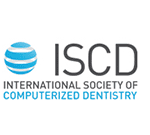
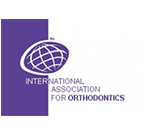
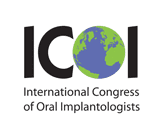

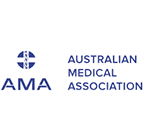
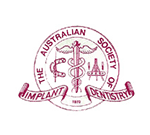


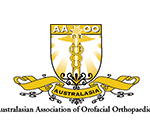
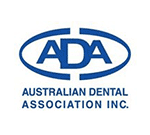







“Quality is never an accident; it is the result of high intention, sincere effort, intelligent direction and skillful execution; it represents the wise choice of many alternatives.”
Are you thinking about getting dental implants? If you have missing teeth, dental implants offer a number of advantages.
Not only do they mimic natural roots, they are non-invasive to other teeth, have no dietary restrictions, and are designed to last a lifetime. At Smile Concepts in Sydney, we perform the entire dental implant procedure right here in our office.

If you’re considering your options for replacement teeth, generally, we’ll perform a dental scan of the area where it needs to be placed.
This scan is done to see if there is enough bone in the area to replace dental implants. Unlike other types of dental treatment, real teeth and dental implants require dense jaw bone to hold them in place.
If you have an existing tooth this may still have to be done to make sure there is enough bone. Even if you already have an extraction scheduled, the surgery can sometimes be combined with your extraction procedure.
Sometimes we do not need to take a scan, but dental X-rays will still be required to evaluate your oral anatomy and bone levels, and inspect the adjacent areas.
Dental implants candidate need to be generally healthy, without major underlying health issues.
We will review your medical history, including any medications you’re taking or recent surgeries. Additionally, we’ll need to screen for gum disease (periodontal disease) as dental implants cannot be installed when there is an active oral / dental infection. Our Australian dentists clinic prioritise dental implant care and will make sure that after your dental implants surgery, your wellbeing will be looked after.
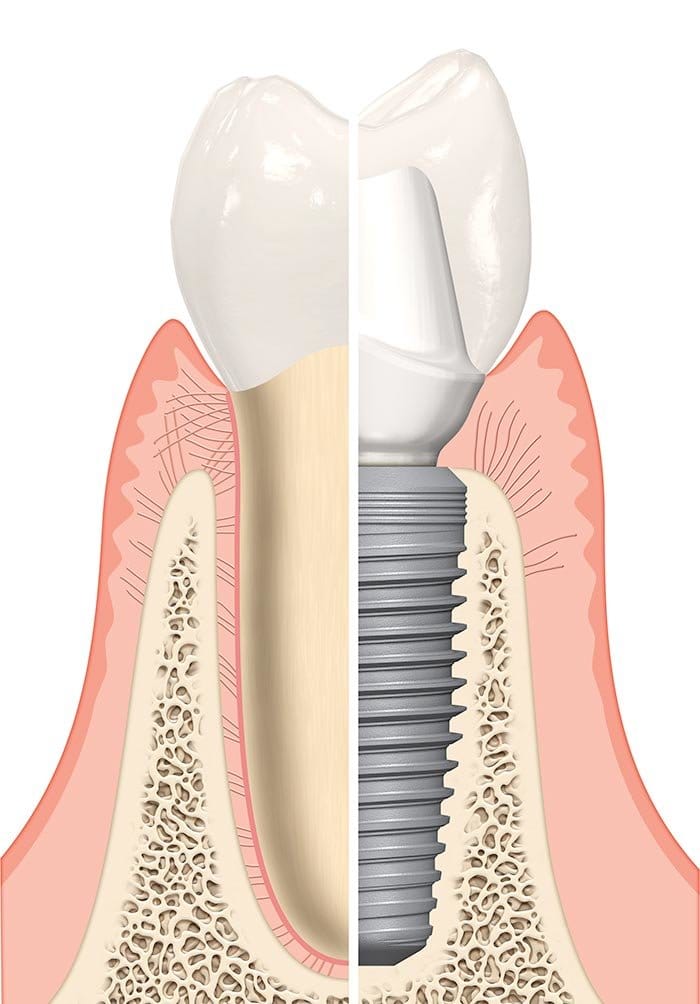
After your initial consultation for dental implants, we plan your surgical procedure and dental treatment process. You can typically expect the dental implants procedure to follow the following phases.
We will take impressions /moulds of your teeth to make a temporary tooth to wear while your new dental implants integrates. This is to make sure that you do not have a gappy smile throughout the healing process.
If it is a back tooth missing, then you will not need a temporary tooth structure during the integration phase.
Integration between your dental implants and surrounding bone is what makes a dental implant surgery so successful. At this time, bone growth occurs around it, which is what fuses it into place next to your other teeth.
The screw is buried inside the jaw for three months (requiring a second but minor surgery to expose it). The gum tissue is closed up over the top of the implant to allow for proper healing.
You have to then wait a minimum of three months for the bone to grow around and grab hold of it (osseointegration). We may take X-rays to monitor your bone growth to ensure that things are healing properly and that you’re ready to ready for an implant abutment.
The next stage of the dental implant surgery generally is to expose the placement and place a connector that allows the gums to heal around it. Exposing the dental implants is a minor process and only local dental anesthesia is required.
After the gum tissue is gently retracted, an implant abutment is screwed into the top of the dental implants. The abutment extends above the gumline, serving as a base for your fixed restoration.
The final two stages are taking impressions for the connector and placing the crown on the front dental tooth implant. Just like restoring natural teeth, your artificial teeth implants need to have moulds taken. At that point, your dental specialists can affix a custom crown, bridge, or full-arch prosthesis on top of them.
It’s important to maintain proper dental hygiene around your dental implants. Although they are artificial teeth, dental implants are still susceptible to infections like periodontitis, which can affect bone healing around it. Plan to brush and floss daily and schedule regular dental checkups with our Sydney dentist. Now, CONGRATS! Your dental implant surgery is completed!
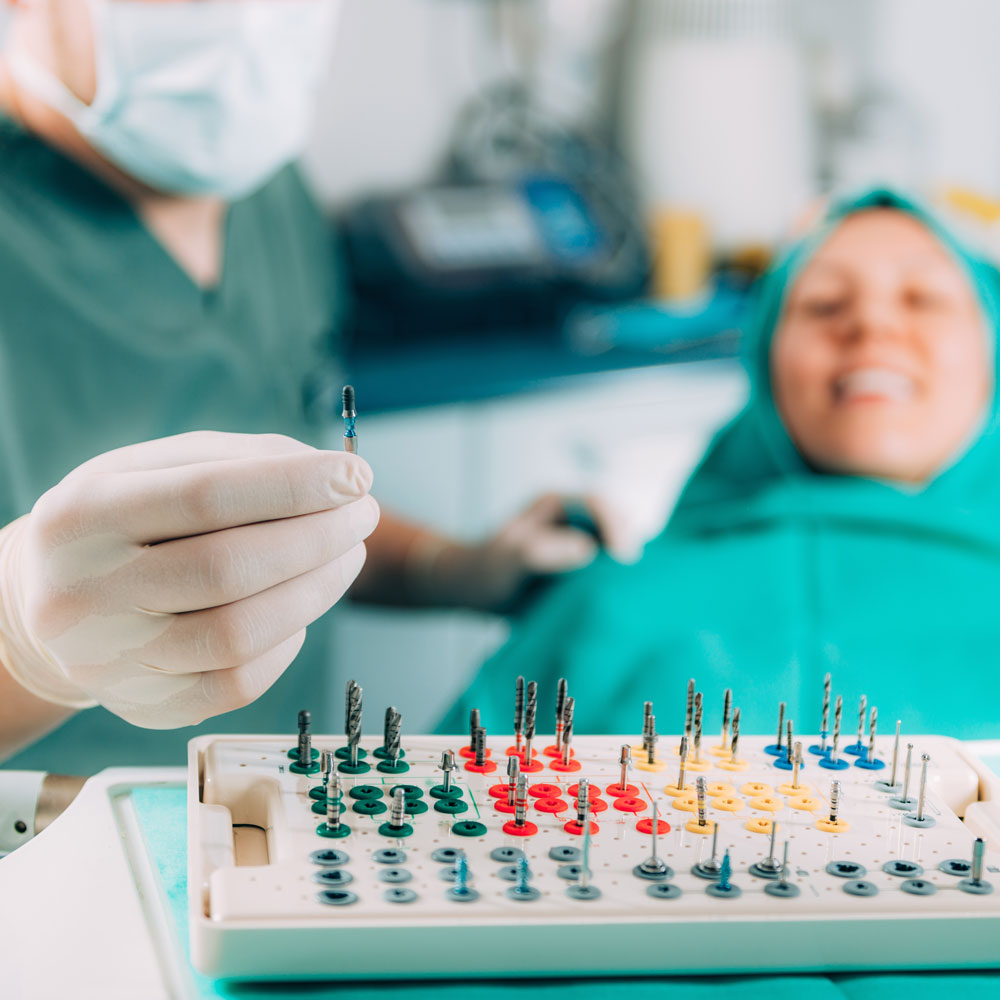
Many of you ask this questions. However, most people will be surprised to learn that dental implant surgery is relatively minimally invasive.
If you require related dental surgery such as a sinus lift, extractions, or a bone graft, then, you may prefer to have sedation during your procedure.
During a sinus lift, the floor of your sinus cavities is raised and a graft is placed to create space for the placement. Note that, these surgeries can affect your dental recovery time and may require pain medications afterward.
However, the actual dental implant surgery can be completed with numbing medication and only results in minor soreness of the gums for a few days. An over-the-counter mild pain reliever is typically all that’s necessary. But our Sydney dentist or oral surgeon will discuss your unique case and what you can expect prior to the planned surgery.
The answer is, NO. Whether you need one or several teeth removed prior to your surgery, there will be concerns related to oral function as well as aesthetics. Rest assured, you will never be left with an empty dental gap when it comes to replacing a front missing tooth. Our Sydney dentist and dental experts will arrange some type of temporary, artificial tooth at the site while your mouth heals.
The options that you can have based on our assessment would be something along the lines of:
A temporary tooth stuck to the adjacent teeth
A denture or other removable false teeth prosthesis
Place an immediate temporary crown in that area
Meanwhile, for teeth that are missing at the back of your mouth, especially a single missing tooth, we generally don’t place temporary teeth. However, if you feel that you need a temporary tooth as it is still in your smile line, we are more than happy to make you a temporary tooth.
At this stage, we recommend that you only eat soft foods in that area, as the temporary will not be as strong as your own teeth.
Rest assured, once your dental implants procedure is complete, you’ll be able to enjoy all of your favourite foods again.
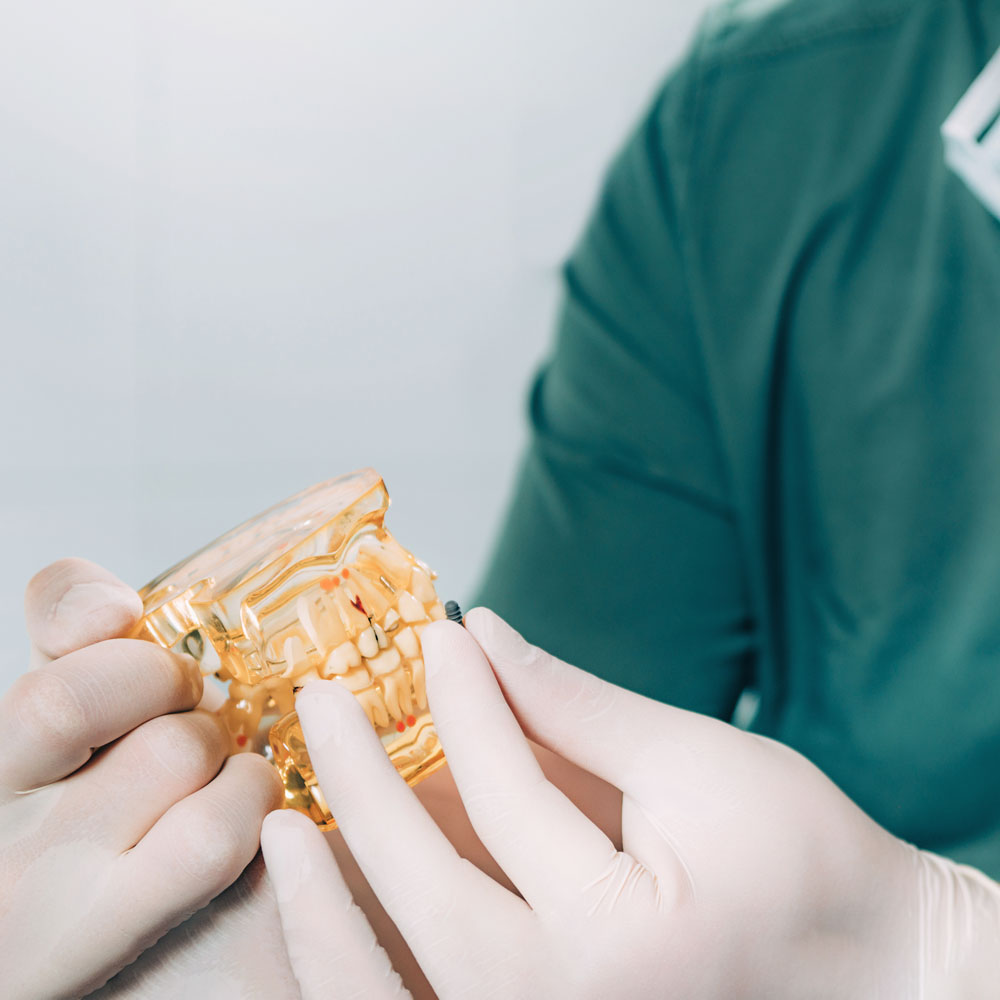
It depends. In most cases of front dental implants placement, there is an inevitable need for the placement of extra bone. This is because the dental bone structure is too thin in these areas to support artificial teeth. If we are extracting any remaining natural teeth, your dental specialist will likely recommend a bone graft.
What is bone grafting for? Bone grafting uses new bone material to reinforce the dental structure that’s already there. The bone graft fuses with the adjacent bone and integrates with your blood vessels, re-building a strong foundation for your upcoming dental implants.
So, how do you know if you need a dental bone graft? As your tooth implant needs adequate bone around them, we generally assess quite thoroughly how much bone is required from either scan or during surgery. At that point, our Sydney dentist will make a decision about the site.
The augmentation (bone graft procedure) can take place on the very same day as the implant placement or 3 months before the implant placement depending on the amount of bone needed.
On most occasions, bone grafting is not required during the placement of a back dental implants, unless you’ve previously had chronic gum disease.
However, on some occasions where the bone levels have significantly reduced that we may consider the placement of extra bone to bulk it up to place dental implants in an optimal position.

In general, the total time from start to finish can take anywhere from 3 to 6 months depending on the complexity of the procedure.
It’s extremely important that the dental implants procedure isn’t rushed, as this could predispose you to a failure. As long as your new implants have ample time to integrate and for bone healing to occur, you can expect a successful outcome.
Note that, a failure is typically more likely with the process is rushed, the implants fail to integrate, or there is poor oral health and hygiene.
At Smile Concepts, a dental implant costs can start from as little as $40/week on our interest-FREE payment plan or $4950.00 for a single tooth. Meanwhile, full-arch implant surgery may only require between 4-6 dental implants per arch (upper or lower jaw). As such, dental implants cost is more cost-effective than if you chose to get traditional bridges or wear dentures on a long-term basis.
In many cases, dental implants are typically a one-time investment and can be maintained for a lifetime, they provide an excellent return on investment for your missing teeth needs.Sometimes, the cost of implants does vary. The costs of dental implants vary based on whether there is a bone augmentation or gum augmentation procedure required the need for temporary teeth, and the need for extraction of an existing tooth. How many teeth are being replaced and the type of restoration needed (e.g. dental bridge or an “All-on” type of appliance) also impact your cost of care.
Therefore, when you meet with our Sydney dentist or oral surgeon, we will create a personalised care plan that outlines each detail related to your new process. Our treatment coordinators will also reference your private health insurance to determine which coverage you have. At that point, we’ll provide a detailed summary that outlines your estimated financial investment.
Also, if you’re concerned about the cost of dental implant surgery or know you have nerve damage or sinus problems that add to your dental care needs – Don’t worry, we’ve got you! With the full range of new Interest-FREE payment plan facilities so you can easily start your treatment with as little as $40/week. With flexible financing, you can invest in dental implants without having to wait another day. Affordable monthly payments fit your budget.
Did you know that it is possible to apply for the Early Release of your Superannuation to pay for dental implant surgeries for yourself or even your eligible family members? Learn more about SuperCare HERE.
In most cases, people with traditional dental bridges or denture wearers usually need to update their prosthesis every 5-10 years. But if looked after well, dental implants can last at least 20 years on average, if not for an entire lifetime.
Most importantly, the key to ensuring that your dental implants last for life is to have a good oral hygiene routine and plan regular dental checkups.
You will want to treat it and dental crown the same as natural teeth, including flossing around each of your dental implants daily and keeping the gums extremely healthy.
If you develop the implant form of gum disease known as “peri-implantitis” it can cause bone loss around your subperiosteal implants, resulting in a lack of support. Gum infections also affect any remaining teeth in that area. With good hygiene, you can prevent additional dental loss as well as failure of your dental implants.
Since dental implants are made to last for decades, they wind up offering a better long-term investment than traditional types of teeth replacement dental treatments.
Good new is – You can eat whatever you want with your dental implants. You do not need to eat soft foods or cut food up into tiny bites like you would with dentures.
This is because, each artificial tooth is stronger than a healthy, anatomical tooth. This design is what makes the dental implants ideal for single and multiple teeth dental replacement.
Therefore, dental implants patients can eat fresh fruits and vegetables, chewy textures, meats, firm bread, and more. If your favourite meal has been off limits because of missing teeth, dental implants will change that.

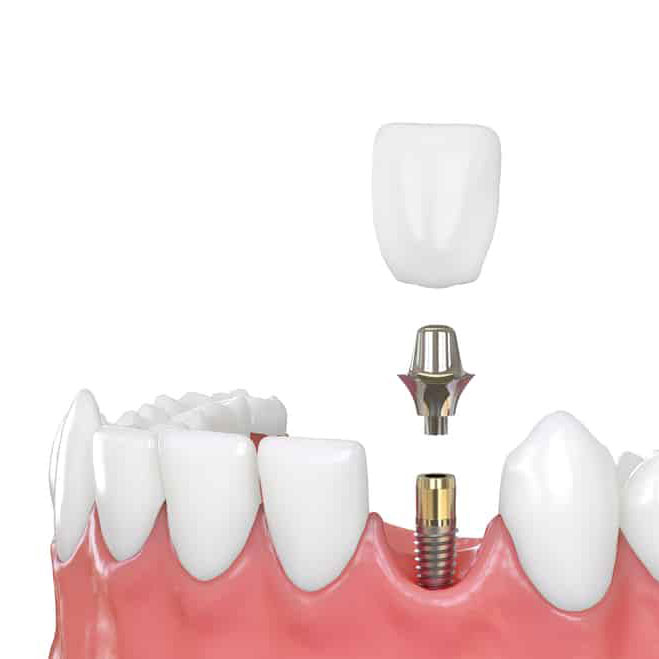
Depending on how many teeth are missing, you can use dental implants to support a variety of fixed or removable prostheses. Such as:
This is the best choice if you only have one missing tooth and there are healthy teeth on either side of it.
An artificial root is placed in your mouth, then topped off with an abutment and a single porcelain crown. The end result is a restoration with dental implants that blends in with the surrounding teeth.
Implant-supported dental bridges are a common alternative to removable partial dentures.
Since dental implants can support the weight of multiple teeth, we can use a pair of implants to anchor a fixed, multi-tooth dental bridge. The bridges usually fill in the space of 3-4 teeth at a time.
If you currently wear dentures or need to restore all of the teeth in your upper jaw or lower jaw, an implant-supported hybrid, all teeth on 4 or all teeth on 6 option may be best.
This restoration is not a denture, as there is no “plate” covering the roof of your mouth. Neither is it a dental bridge, as the restoration also covers a portion of your gums.
The streamlined appliance replaces all of the teeth in that arch using as few as 4-6 implants total. As an added bonus, it is non-removable and you can eat whatever you like.
Pairing dental implants together with dentures offers an affordable alternative for people that might not qualify for a permanent prosthesis. Instead, the implants serve as an anchor or foundation for your removable denture to snap or clip onto throughout the day.
Implant-supported dentures work well for people experiencing bone loss, who struggle with a comfortable denture fit. There is no need for sticky adhesive or denture paste, as the prosthesis attaches on top of the 2-4 dental implants underneath.
When you have missing teeth then there are a few options to consider, each of which offers its own benefits. Some of the most popular options include:
A dental implant is the root portion of your new tooth. It’s set inside of the bone where it fuses with your jaw, alongside other teeth. It can be used to support a wide variety of fixed dental restorations, depending on your circumstances. Your dental implants will need an abutment on top of it to serve as the base of your crown, bridge, or another prosthesis.
Today, dental implants are typically regarded as the gold standard for teeth replacement. Whether you’ve lost a tooth to an infection injury or something else, it restores your smile back to as close to natural as possible.
Bridges are multi-tooth restorations that replace one or more teeth. If you’re only missing one tooth, the dental bridge would attach to the healthy teeth on either side of the one that’s missing. The restoration suspends an artificial crown over your gums, filling in the gap created by your missing tooth.
We can also place dental bridges on top of dental implants if you have three or four teeth that need to be replaced. Since traditional tooth-supported dental bridges can only fill in one or two teeth at a time, implant bridge options eliminate the need to wear a removable partial denture.
The most affordable solution to quickly replace all of your teeth is to be fitted with a full denture or partial. Complete dentures cover your entire arch of teeth, whereas partial dentures only fill in the ones that are missing and fit alongside your natural teeth.
Dentures do reduce your biting and chewing abilities and require replacing every several years but they can provide a better price point when you need an affordable entry-level option. Especially if you are missing all of your teeth or blood vessels and tissues that are not healthy enough for dental implants.
You always have the option of doing nothing at all. If you have missing teeth and it doesn’t bother you, no one is going to force you into doing anything about it. However, you need to understand the almost certain side effects of doing so.
For instance, the adjacent teeth will start to tilt out of alignment, which will lead to irregular wear patterns, an increased risk of cavities and periodontal disease, and possibly even TMJ disorder. It’s typically better to prevent those dental and non-dental issues rather than treat them once they’ve occurred.

Implant treatments are stronger and more dependable than conventional bridges cemented to natural teeth, or traditional partial or full removable dentures.
However, a teeth implants may be used to support a bridge or dentures when several teeth are missing to provide better support and stability, help maintain the jaw bone, and reduce gum tissue irritation.
Also, tooth restorations are not susceptible to dental cavities. However, they still depend on healthy bones and gums around them, so a proper oral hygiene routine is essential.
Overall, dental implants feel and function more like real teeth than any other type of tooth replacement. They also last the longest, providing you with the best return on investment.
Dental implant care is as simple as looking after your natural smile. The most important thing to remember is to treat each dental implant as if it were a real tooth. That means:
Gently brush along the gumlines and across the entire restoration with a soft toothbrush and non-abrasive toothpaste.
Brush for a minimum of two minutes twice a day.
Consider investing in an electric toothbrush.
Clean around each implant with dental floss, every day.
If necessary, utilize a floss threader or water flosser to reach underneath multi-tooth restorations, where traditional floss is hard to maneuver.
Schedule checkups dental implants and dental cleaning at least once every six months.
If you’re wearing a removable overdenture or implant-supported denture, remove your prosthesis at night and always clean it as directed.
Alert our dentist in Sydney if you are experiencing any sore gums, redness, bleeding, or dental implant mobility on your dental implants teeth.
Smile Concepts in Sydney offers dental consultations for all prospective dental implant surgery cases. If you’d like to learn more about your choices or to find out if dental implants are right for you, feel free to contact us today and our highly trained professional dental assistants and coordinators will look after you as their first priority.
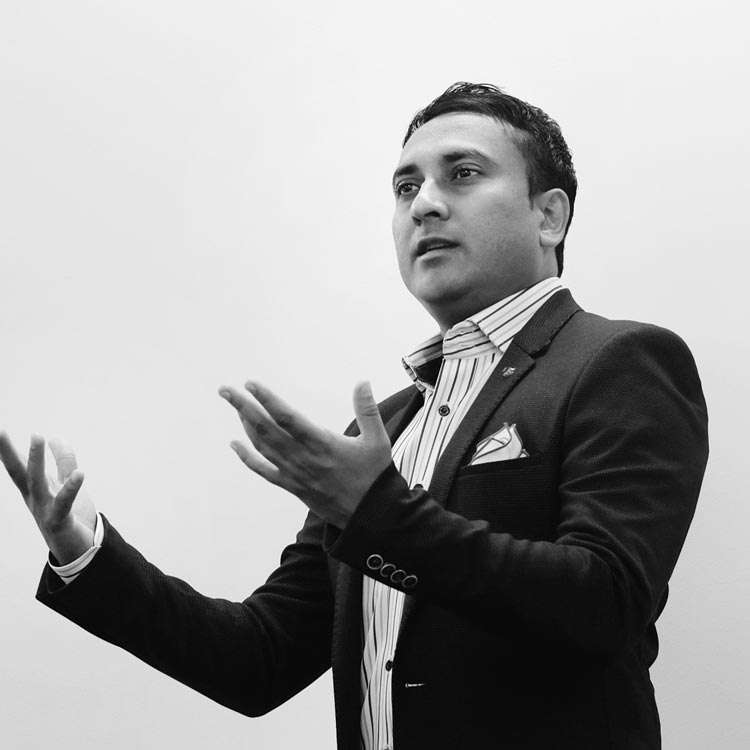
Dr. Kinnar Shah is a cosmetic dentist with a special interest in cometic dentistry, porcelain veneers and dental implants practising at Smile Concepts.
A smile can open doors and change lives.